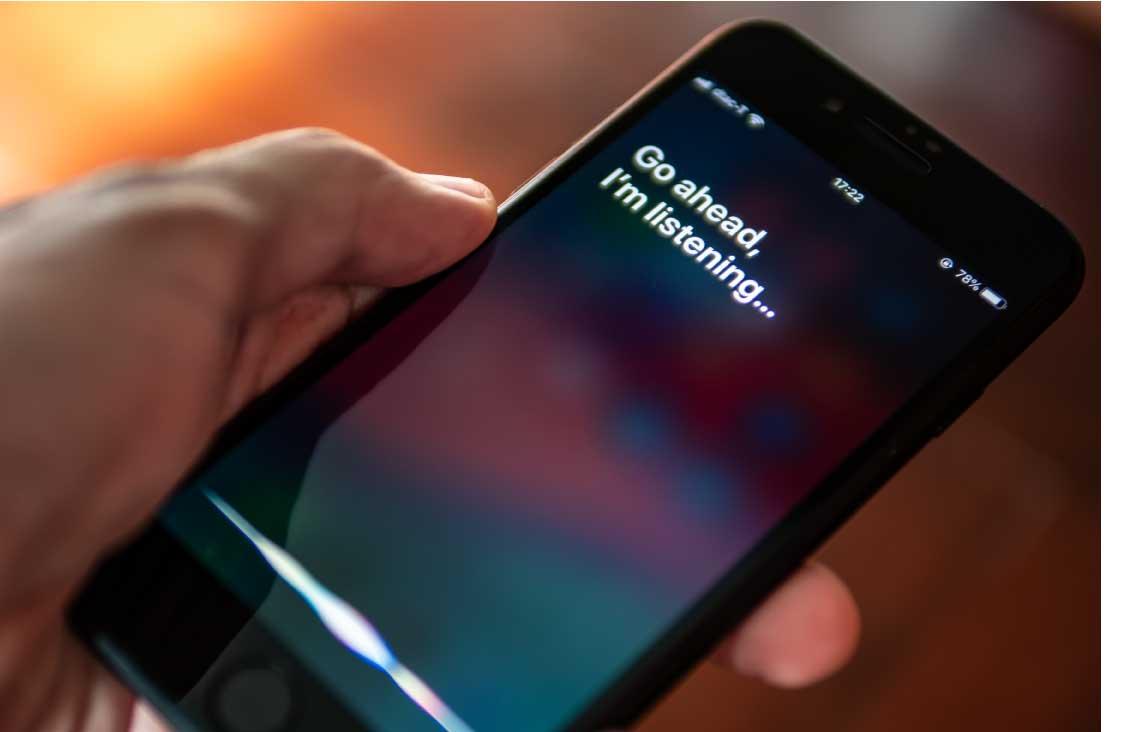
The protection of copyrights through Algorithms

In an era where millions of content creators are uploading their works online, copyright infringement has become very easy, being as simple as uploading a TikTok video or making an Instagram Story.
Due to the evolution of the digital market, the European Parliament and Council approved the Directive 2019/790 on copyright and related rights in the Digital Single Market in April of 2019. When this directive first started to be draw back in 2016, there was a lot of controversy regarding article 13, which held liable online platforms such as YouTube or Facebook for possible copyrights violation from its user, unless “effective and proportionate measures” were taken to prevent the availability of unlicensed copyrighted works.
A year ago, the final version of the Directive was approved, giving Member-States a wide deadline to transpose it to their national laws, more specifically until the 7th of June 2021. In this version, the previous article 13 is now the article 17 and was reformulated after all the debate that it brought for being too restrictive and reducing online freedoms.
As a result, we were given a broad article that maybe is not so different from its ancestor. According to it, online content-sharing provider services that perfor[m] an act of communication to the public or an act of making available to the public when it gives access to copyright-protected works, for which they need to have an authorization from the rightsholders. If this does not occur, the platform can be held liable.
So, naturally, the platforms will try to prevent liability by creating ways to find content that violates copyrights and then proceed to remove them. How they will do this is still uncertain, however, we can foresee an intensive use of algorithms.
Algorithms are amongst the words that we hear the most nowadays, but how can they be related to protecting copyrights? That can be a very simple question at first, but maybe it is not as simple as it may look.
YouTube has been using a mechanism to control copyright called Content ID since 2007, which allows copyright owners to easily identify content that matches their work on YouTube. So, if I post a video with a copyrighted song and do not disclaim that, the Content ID algorithm will analyze my video and report to the owner of that song, and then they can choose what to do, whether blocking my video or ignoring it.
However, this has some flaws. The first is that only a few users can actually benefit from this mechanism, more specifically the users who “own exclusive rights to a substantial body of original material that is frequently uploaded by the YouTube creator community”. So, if I am a new musician uploading my songs to YouTube, it will take me a while to be able to use Content ID.

Another imperfection in this system (and that is likely to be common to other algorithms) is that these systems find it very difficult to recognize humor, such as parody videos. Even though you can ask Siri to tell you a joke, it will struggle to understand a joke you tell it, because humor is a very humane trait. When a user uploads a parody video on YouTube, it can still be target by Content ID, which would go against copyright exemptions and limitations that allow it to be uploaded in the first place.
Another example of the use of algorithms to detect copyrights infringements is in scientific papers. It is very common for teachers (especially in Universities) to submit their student’s papers and articles in computer programs that identify if there was any instance of plagiarism.
On the opposite end, we are also starting to see algorithms being used to avoid copyright infringement. Recently, two colleagues created an algorithm that recorded every possible 8-note, 12-beat melody combo, and claimed to have created every possible melody and then made them available to the public in an attempt to end copyright litigation in music.
In conclusion, can algorithms be used to protect copyrights?
The use of algorithms is becoming more and more of a reality, and, with the implementation of the Directive 2019/790, it can be a solution for platforms to avoid being held accountable for copyrights infringement. However, as stated, there are still some shortcomings with algorithms used nowadays that can be crucial. It seems that there is a movement that attemps to making copyrights something mathematical that can be analyzed through numbers, which may not be an accurate understanding of the complexity of copyright and human creativity.
It is yet too early to know how article 17 will be applied and how it will work in practice, and if these algorithms will be a viable solution for every online platform, but, given the Technological Era that we are living in, it seems a reasonable solution that, nevertheless, still needs improvement, namely human oversight. There is still one year left for EU Member States to bring into force the laws that comply with the Directive, so even the solutions that each Country will adopt can be different. We must wait and see.





